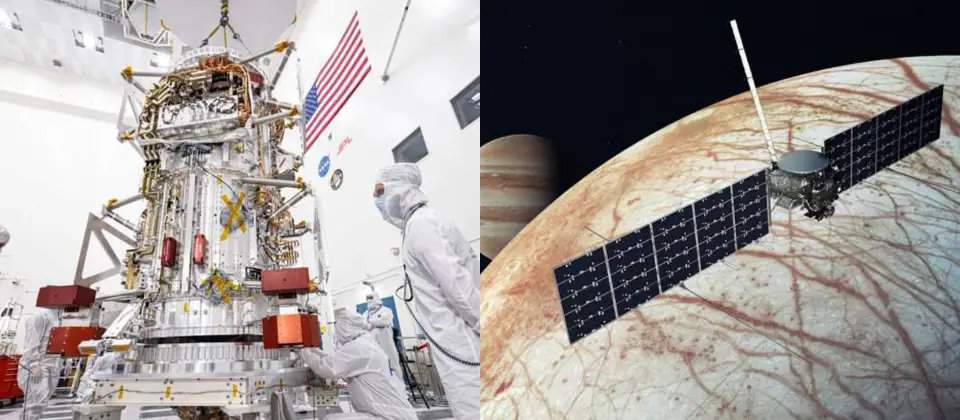Intuitive Machines’ Odysseus Private Moon Lander just stopped transmitting data to Earth as it went offline. On Thursday (Feb. 29), revealed that its Odysseus spacecraft had shut down ahead of the upcoming cold lunar night. On Feb. 15, the spacecraft successfully touched down on the lunar surface becoming the first-ever private spacecraft to softly land on the moon.
It is also the first U.S. vehicle to reach the moon since the Apollo 17 mission in 1972. The shutdown on Feb. 29 may just be a nap for the lander. This implies that the Odysseus lunar lander may possibly rise again after the cold lunar night.
“I think what we’re going to do is kind of tuck Odie in for the cold night of the moon and see if we can’t wake him up here when we get a solar noon here in about three weeks,” Intuitive Machines co-founder and CEO Steve Altemus said during a press conference on Wednesday afternoon (Feb. 28).
Intuitive Machines shared a new selfie of the lunar lander with a post that reads, “Goodnight, Odie. We hope to hear from you again,” the post reads, in part.
What You Should Know About the Odysseus Private Moon Lander
On Feb. 15, Odysseus’ private moon lander was launched into space atop a SpaceX Falcon 9 rocket. The spacecraft headed toward the moon to commence with the company’s first-ever lunar exploration. The telephone booth-sized lander arrived in the lunar orbit on Feb. 21 and safely landed on its surface the next day near Malapert A, a crater about 190 miles (300 kilometers) from the lunar south pole.
The 14.1-foot-tall (4.3 meters) spacecraft successfully landed on the moon and it was celebrated across the world. Hours before the safe landing, the mission team realized that the lander’s laser rangefinders which should have determined the altitude and horizontal-velocity readouts during the descent of the spacecraft were not operating as supposed.
Hence, they created a workaround means using an experimental LIDAR (light detection and ranging instrument) which NASA put on board the lander. The workaround enabled the craft to safely land on the lunar surface. The lander arrived at the lunar surface carrying six payloads belonging to NASA.
These payloads cost about $118 million awarded to the company via NASA’s Commercial Lunar Payload Services (CLPS) program. The craft also delivered a sample of Columbia Sportswear’s “Omni-Heat Infinity” insulative material, an archive that will be preserved on the moon, and another private payload named EagleCam.
“The bottom line is that every payload has met some level of their objective, and we’re very excited about that,” Sue Lederer, CLPS project scientist at NASA’s Johnson Space Center in Houston, said during Wednesday’s press briefing.
Why did Odysseus Lander Ever Wake Up from Sleep?
Lederer also revealed that the chances of the private moon lander waking up from its long lunar sleep still exist. However, Intuitive Machines didn’t design the lander to do so.
“He’s a scrappy little dude,” she said. “So, I have confidence in Odie at this point. It’s been incredible.” Japan’s SLIM spacecraft successfully woke up from its long lunar sleep a few days ago. If the SLIM lander can do so, there may be hope for Odysseus to wake up and continue its exploration on the lunar surface.




